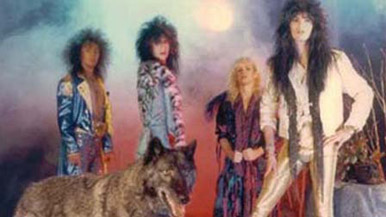|
|
Chapter TwoThe Decline of Western Civilization Part II: The Metal YearsBy Brett Ballard-BeachJune 21, 2012
I mention that personal aside for two reasons. Firstly, by way of explaining that there is very little nostalgic appeal for me of the songs of that ilk. Not because I no longer like them, or because they remind me of a “once upon a time about a girl” but because I have been listening to them for 25 years: on the radio, on CDs, on greatest hit compilations, at ‘80s dance nights or parties, at karaoke, or simply singing them out loud to myself. They are in my bloodstream and omnipresent. There is no ”then” they still come from to return to. Secondly, I find the idea of Rock of Ages to be almost as weird as the reality of Spheeris’ documentary. Continuing with my “out of time” experience described above, viewing the film for the first time today (on a DVD-R that is simply a copy transfer of the out-of-print video) is like catching up with a time capsule that the city fathers decided didn’t need to be buried. (Perhaps the strangest thought to pop in my head is that a good chunk of the artists profiled as current successes in the film have starred on some type of reality show in the last decade.) After seeing her work, I imagined that someone involved with Rock of Ages would almost out of necessity need to view The Metal Years, if they were intent on capturing a particular level of tamed PG-13 appropriate debauchery - somewhere, say, to the right of Glee but far, far to the left of Fear and Loathing in Las Vegas. (An amusing aside: Spheeris supposedly turned down the chance to follow up The Decline of Western Civilization with directing This is Spinal Tap, because she didn’t see how anyone could parody or satirize heavy metal music.)
|

|
|
|

|
Friday, November 1, 2024
© 2024 Box Office Prophets, a division of One Of Us, Inc.


